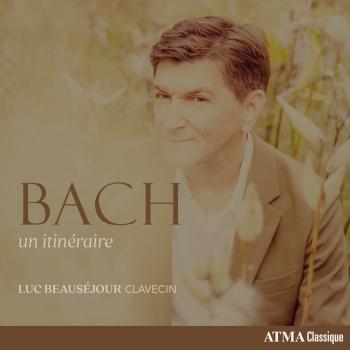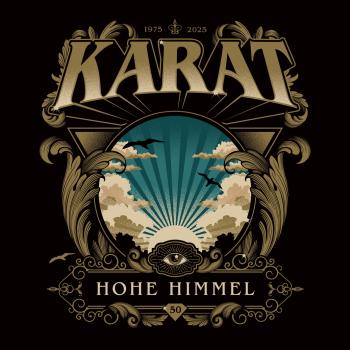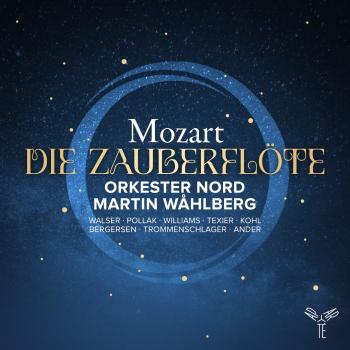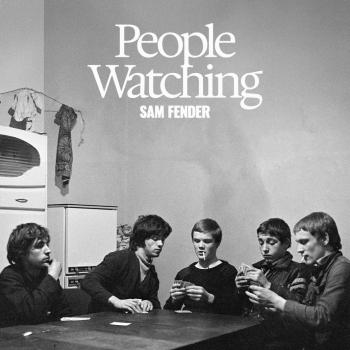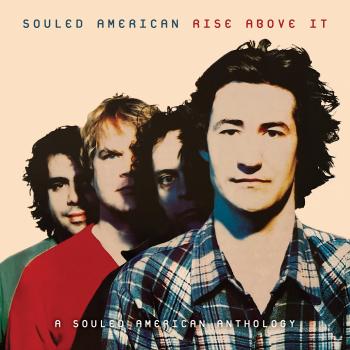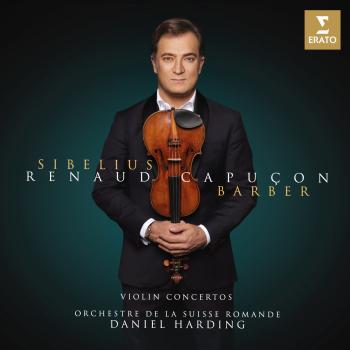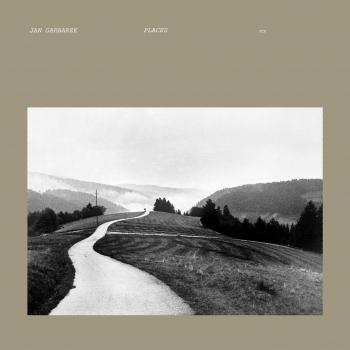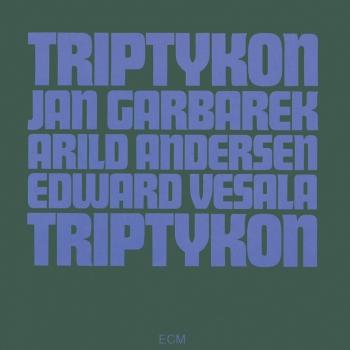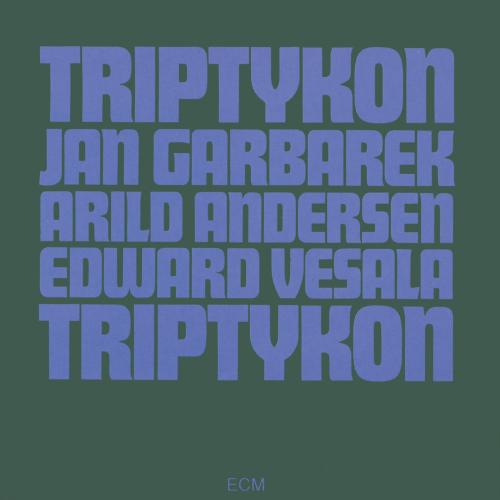
Triptykon (2023 Remaster) Jan Garbarek
Album info
Album-Release:
1973
HRA-Release:
21.07.2023
Album including Album cover
I`m sorry!
Dear HIGHRESAUDIO Visitor,
due to territorial constraints and also different releases dates in each country you currently can`t purchase this album. We are updating our release dates twice a week. So, please feel free to check from time-to-time, if the album is available for your country.
We suggest, that you bookmark the album and use our Short List function.
Thank you for your understanding and patience.
Yours sincerely, HIGHRESAUDIO
- 1 Rim 10:40
- 2 Selje 02:18
- 3 J.E.V. 07:27
- 4 Sang 02:47
- 5 Triptykon 12:43
- 6 Etu Hei! 02:18
- 7 Bruremarsj 04:12
Info for Triptykon (2023 Remaster)
An early document of Jan Garbarek as free improviser on ECM, "Triptykon" sees the saxophonist paired up with his Norwegian cohort Arild Andersen and the Finnish percussionist Edward Vesala. The Swiss weekly Weltwoche had high praise for the album in the year of its release: “In this Norwegian triptych, free jazz has found a form that doesn’t need not be feared as shackles.”
Jan Garbarek, soprano saxophone, tenor saxophone, bass saxophone, flute
Arild Andersen, bass
Edward Vesala, percussion
Recorded 8th November 1972, Arne Bendiksen Studio, Oslo
Produced by Manfred Eicher
Digitally remastered by Christoph Stickel
Jan Garbarek
As an improvising musician, Jan Garbarek has said that he seeks to make his playing “fit the tone, texture and temperament of the music. It’s about finding a common language.” The quest to explore that language has ranged widely across time and space, from the folk songs of his native Norway to improvisations around medieval polyphony and the music of the Indian subcontinent and Middle East, as well as jazz. In the course of these musical journeys, the intensely focused sounds of his tenor and soprano saxophones have become among the most instantly recognizable and haunting in contemporary music.
Garbarek was born in Mysen, Norway in 1947. His family later moved to Oslo and, at the age of 14, Garbarek first heard John Coltrane on the radio, which inspired him to take up the saxophone. Dexter Gordon, then a frequent visitor to Norway, also made a deep impression.
In 1962 Garbarek won a competition for amateur jazz players and for the rest of the decade worked regularly in Norway, usually as a leader, but he also spent four years with jazz composer and theorist George Russell, who would later describe him as “the most original voice in European jazz since Django Reinhardt”. In 1969, ECM founder Manfred Eicher asked Garbarek to join the roster of his new record label. Garbarek’s first ECM album was Afric Pepperbird. “After we recorded it we knew we had something special,” Eicher remembered. It was to be the first step in one of ECM’s most distinguished recording careers.
Jan Garbarek rose to international fame in the mid-1970s playing with Keith Jarrett's European Quartet, which released the albums Belonging, My Song and the live recordings Personal Mountains, Nude Ants, and Sleeper. Such collaborations, in the words of Jarrett’s biographer, Ian Carr, took “the art of classic jazz to its highest pinnacle”.
Triptykon (1972) was the first recording on which Garbarek used a Norwegian folk song in his playing, a direction in which he had been encouraged by American trumpeter Don Cherry. “Whether I like it or not,” Garbarek told one writer, “I am locked into a certain vocabulary or phraseology which is linked to Norwegian folk music.”
In 1979, Garbarek recorded Photo with Blue Sky, the first of a series of albums with the Jan Garbarek Group, a regular touring band whose line-up would evolve over the decades. It was not until 2007 that they recorded a live album, however, the double CD, Dresden. As the Guardian wrote of the group on their 2007 tour: “The contrast between an intense jamming sound and the songlike simplicity of the tunes is always Garbarek’s magic mix, but this version of the band has an exhilarating intensity.”
Officium, one of the most significant recordings of Garbarek’s career – and in the history of ECM – was made in 1993 in St Gerold monastery in Austria with the Hilliard Ensemble. Garbarek’s sax – a “fifth voice” – weaves soaring, swooping lines around the polyphony of the vocal quartet, creating effects that are as entrancing as they are unexpected. In 1999 came a sequel, Mnemosyne, which ranged further across time in its musical material, and Officum Novum explored the crossroads between east and west, with particular focus on the music of Armenia.
Garbarek’s restless musical imagination, so evident in his Hilliard collaborations and countless other projects over the years, keeps driving him forward. Of his musical journey he says: “It never really stands still. Not at any point in time can you say, ‘Now I reached something.’”
This album contains no booklet.

